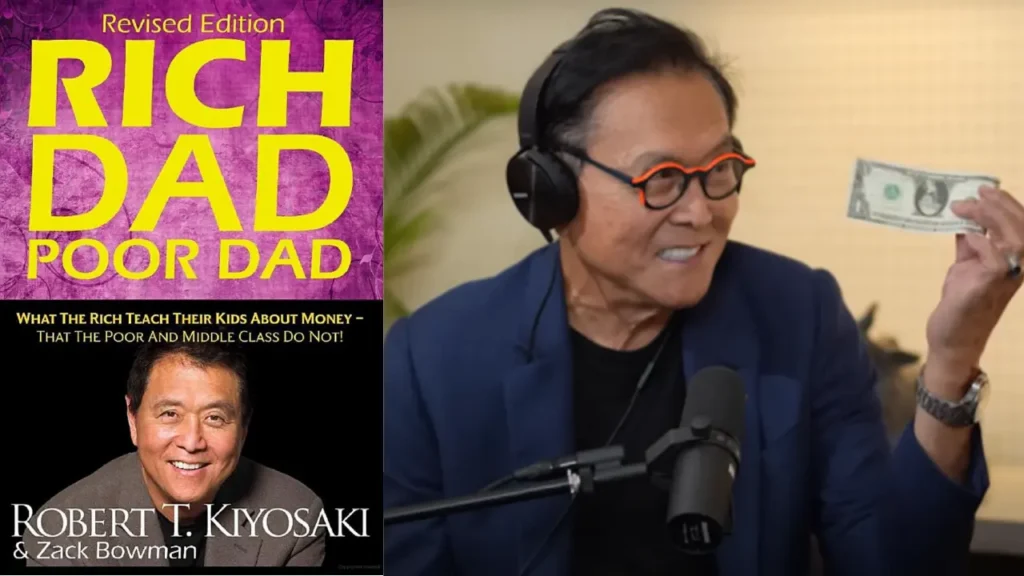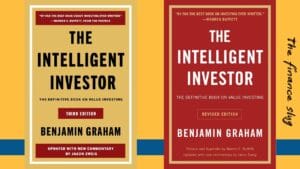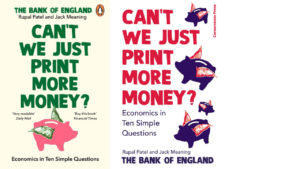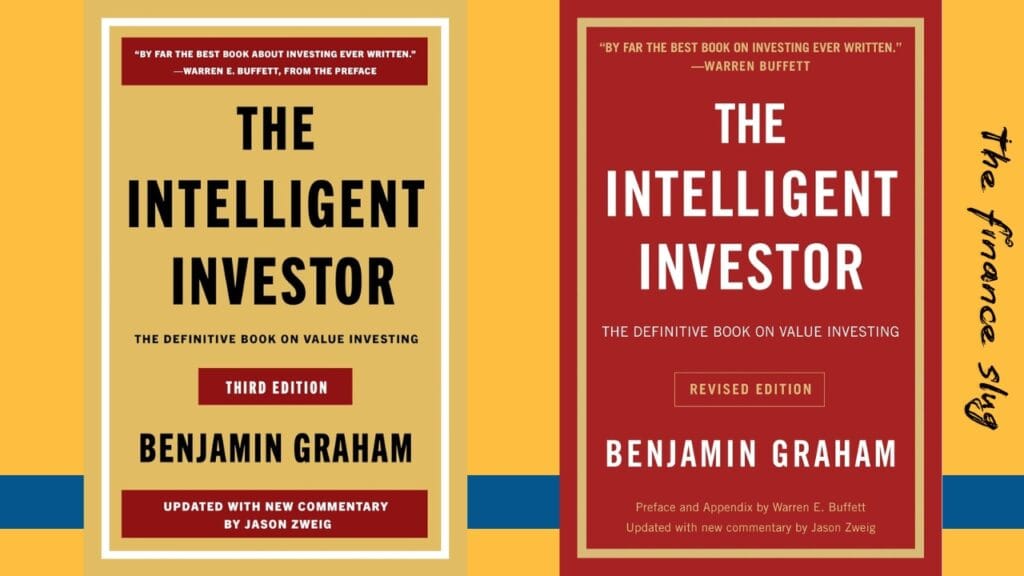
Introduction
In today’s fast-paced world, financial education is more crucial than ever. Whether you’re looking to escape the paycheck-to-paycheck grind or build long-term wealth, understanding how money works can transform your life. One book that has stood the test of time in delivering essential financial wisdom is Rich Dad Poor Dad by Robert T. Kiyosaki. First published in 1997, this bestseller has inspired millions to rethink their approach to money and wealth.
Kiyosaki uses his personal experiences to illustrate the stark differences between two contrasting financial philosophies—those of his “Rich Dad” and “Poor Dad.” Through relatable stories and straightforward advice, he encourages readers to challenge traditional beliefs about money, jobs, and education.
In this post, we’ll provide a clear and concise summary of Rich Dad Poor Dad, discuss its key lessons, and offer a balanced review to help you decide if it’s worth your time.
Book Summary
At its core, Rich Dad Poor Dad contrasts two financial philosophies through the lens of Kiyosaki’s upbringing. His “Poor Dad” represents the traditional mindset of job security and saving, while his “Rich Dad” offers a more entrepreneurial perspective focused on financial independence. Here are the main lessons from the book:
1. The Difference Between Assets and Liabilities
- Assets: These are things that generate income or increase in value over time. Examples include investments, rental properties, and businesses. Owning assets means your money works for you, even when you’re not actively working.
- Liabilities: These are expenses or items that take money out of your pocket, such as car loans, mortgages on personal homes, or credit card debt. Liabilities often disguise themselves as assets because they provide short-term satisfaction but drain financial resources over time.
- Kiyosaki stresses the importance of understanding this distinction and focusing on acquiring assets to create sustainable wealth.
2. The Importance of Financial Literacy
- Why Financial Literacy Matters: Traditional education focuses on academic and professional skills but rarely teaches practical financial skills like budgeting, investing, or managing debt. This gap leaves many people vulnerable to poor financial decisions.
- Core Concepts: Kiyosaki highlights the need to understand topics such as taxes, compound interest, and the dynamics of the stock market. Financial literacy enables individuals to navigate the complexities of wealth-building confidently.
- Outcome: By becoming financially literate, you gain the tools to recognize opportunities and avoid common traps like high-interest debt or speculative investments.
3. The Mindset Shift: Employee vs. Investor
- Poor Dad’s Perspective: He values job security, steady paychecks, and climbing the corporate ladder. This mindset often prioritizes short-term stability over long-term wealth creation.
- Rich Dad’s Perspective: He focuses on building income-generating assets, taking calculated risks, and creating multiple streams of income. This entrepreneurial mindset prioritizes financial independence over traditional job security.
- Key Insight: Shifting your mindset from being an employee who works for money to an investor who makes money work for them is critical for achieving financial freedom.
4. Taking Risks and Learning from Failures
- Fear of Failure: Many people avoid taking risks due to fear of losing money or making mistakes. Kiyosaki argues that this fear often leads to missed opportunities.
- Value of Experience: Each failure teaches valuable lessons that can improve future decision-making. For example, a failed investment might teach you to better assess risk or research markets more thoroughly.
- Reframing Failure: Instead of viewing failure as an endpoint, Kiyosaki encourages readers to see it as a necessary step toward success.
Detailed Review
Strengths of the Book
- Straightforward Language: Kiyosaki’s conversational tone makes complex financial concepts accessible to readers of all backgrounds. For example, his explanation of assets and liabilities is simple yet impactful.
- Inspirational Stories: The anecdotes about his two father figures make abstract ideas relatable. These stories serve as memorable illustrations of the book’s principles.
- Actionable Advice: While the book doesn’t provide detailed technical guidance, it offers a clear roadmap for developing a wealth-building mindset.
- Universal Appeal: The principles are broad enough to apply to a wide range of audiences, from students to professionals exploring financial independence.
Criticisms
- Simplistic Views: Some argue that the book oversimplifies financial concepts, such as reducing wealth-building to merely acquiring assets.
- Overemphasis on Real Estate: Kiyosaki’s personal success in real estate skews the book’s focus, which may not align with every reader’s goals or market conditions.
- Questionable Anecdotes: The authenticity of the “Rich Dad” character has been questioned, leading some to see the book more as motivational fiction than practical advice.
- Overgeneralizations: The stark dichotomy between “Rich Dad” and “Poor Dad” can feel reductive, as real-life financial situations are often more nuanced.
Does It Live Up to Its Reputation?
Rich Dad Poor Dad is a fantastic starting point for anyone new to personal finance. While it’s not a step-by-step manual, its ability to shift mindsets and inspire action is invaluable. The book encourages readers to think differently about money and offers a framework for lifelong learning and growth.
Practical Takeaways
Here are actionable steps you can implement based on the book’s lessons:
- Focus on Building Assets
- Start small by investing in assets like stocks or index funds. These are low-cost, accessible ways to begin growing your wealth.
- Consider rental properties if you’re interested in real estate. Research neighborhoods, property values, and potential rental income before diving in.
- Avoid excessive liabilities such as luxury purchases on credit, which can derail your financial goals.
- Think Like an Investor
- Evaluate purchases with a long-term perspective. For instance, instead of buying a new car, consider whether the money could be better used for an investment.
- Develop a habit of reinvesting earnings. If you earn dividends or rental income, channel it into acquiring more assets rather than spending it.
- Start a Side Hustle
- Explore freelancing platforms like Upwork or Fiverr to monetize your skills.
- Build passive income streams through digital products, such as eBooks or online courses.
- Experiment with different ideas to identify what works best for you, then focus on scaling your efforts.
- Commit to Lifelong Learning
- Read widely on topics like investing, entrepreneurship, and personal finance. Books like The Intelligent Investor or Think and Grow Rich complement Kiyosaki’s ideas.
- Take courses or attend workshops to deepen your understanding of complex topics, such as tax strategies or market analysis.
- Regularly apply what you learn to small projects or investments to build practical experience.
- Overcome Fear of Failure
- Start with small, low-risk investments to build confidence. For example, invest a modest amount in a diversified mutual fund.
- Reflect on setbacks to extract lessons. Keeping a journal of what worked and what didn’t can help refine your strategies.
- Surround yourself with supportive mentors or communities that encourage calculated risk-taking.
Conclusion
Rich Dad Poor Dad offers timeless lessons for anyone seeking financial freedom. While it may not provide detailed strategies, its emphasis on mindset, financial literacy, and the importance of assets makes it a valuable read for beginners. Whether you’re a young adult just starting out or someone looking to pivot their financial approach, this book can serve as a powerful motivator.
Ultimately, the key takeaway is that achieving financial freedom requires a shift in mindset, a commitment to learning, and the courage to take action. By applying the principles from Rich Dad Poor Dad, you can begin building a foundation for long-term wealth and independence.
Are you ready to take control of your financial future? Start by reading Rich Dad Poor Dad and applying its principles to your life. Share your thoughts or financial journey in the comments below—we’d love to hear from you!
Explore more book reviews and financial insights on our website at financeslug.xyz!
Read Rich Dad Poor Dad online here!
- Rich Dad Poor Dad Summary and Review: Key Lessons for Financial FreedomIntroduction In today’s fast-paced world, financial education is more crucial than ever. Whether you’re looking to escape the paycheck-to-paycheck grind or build long-term wealth, understanding… Read more: Rich Dad Poor Dad Summary and Review: Key Lessons for Financial Freedom
- The Intelligent Investor: A Book Summary and ReviewBook Overview Rating: 5/5 “The Intelligent Investor,” written by Benjamin Graham and first published in 1949, is widely regarded as the definitive text on value… Read more: The Intelligent Investor: A Book Summary and Review
- Can’t We Print More Money? – Book Review & SummaryHave you ever wondered why governments don’t just print more money to solve financial problems? It’s a question many people ask, and Can’t We Print… Read more: Can’t We Print More Money? – Book Review & Summary




